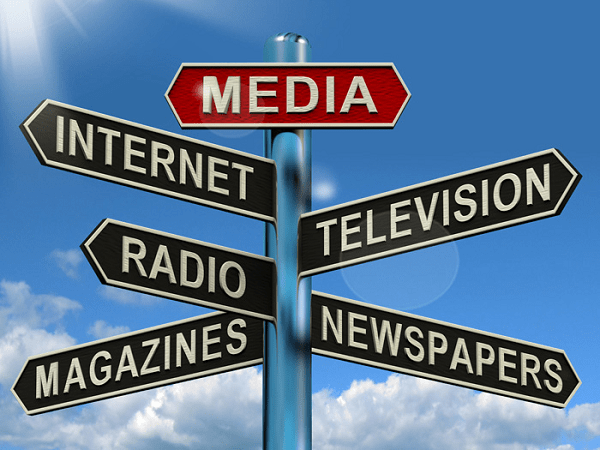There are so many challenging issues that seem to engulf an individual, a society and a nation at large.
Most times we seem to throw our hands in despair and think nothing can be done to change it because it looks so perennial and constant in our faces.
Not too long ago, the entire world was hit by a pandemic. This pandemic really affected every bit of our economic activity and our social dealings.
In fact, many nations are still suffering from the lingering quagmire of its economic impact.
All of a sudden the impact of the pandemic has completely subsided. Everything appears to be back to normal. And the focus now is on the war between Russia and Ukraine.
Once the Media started highlighting the war and not the pandemic, the pandemic lost its strong presence in our daily conversations and lives in general.
I don’t know about you but as I observed this it really got me puzzled.
It quickly brought to my mind a book written by Malcolm Gladwell titled The Tipping Point.
My mind could vividly relate to some of the theories he espoused.
For such a quick turn to occur as in a pandemic that seemed so daunting to fizzle out so fast after upsurge news of war, it has to go through these three agents of change and they are the law of the few, the stickiness factor and the power of context.
These are based on the premise that social epidemics can be reversed and tipped by tinkering with the smallest details of the immediate environment.
Merely by manipulating the size of a group (people that watch or listen to news), we can dramatically improve its receptivity to new ideas.
By tinkering with the presentation of information (The news that there is now war and the pandemic not being spoken off and what matters is the little things like masks wearing no more by force), we can significantly improve its stickiness factor. (The pandemic is no more as deadly as thought initially)
Without a doubt, we can safely say that social platforms play a significant role in making people conform to new ideas, and that role is very huge. They influenced both our initial and subsequent responses to epidemic.
Simply by finding and reaching those few special people (the newscasters and reporters) who hold so much social power, we can shape the course of social epidemics.
In the book, he brilliantly illuminates the tipping point phenomenon.
In the end, Tipping Points are a reaffirmation of the potential for change and the power of intelligent action. Look at the world around you. It may seem to be a static, implacable place yet it is not.
With the slightest push in just the right place, it can be tipped.










